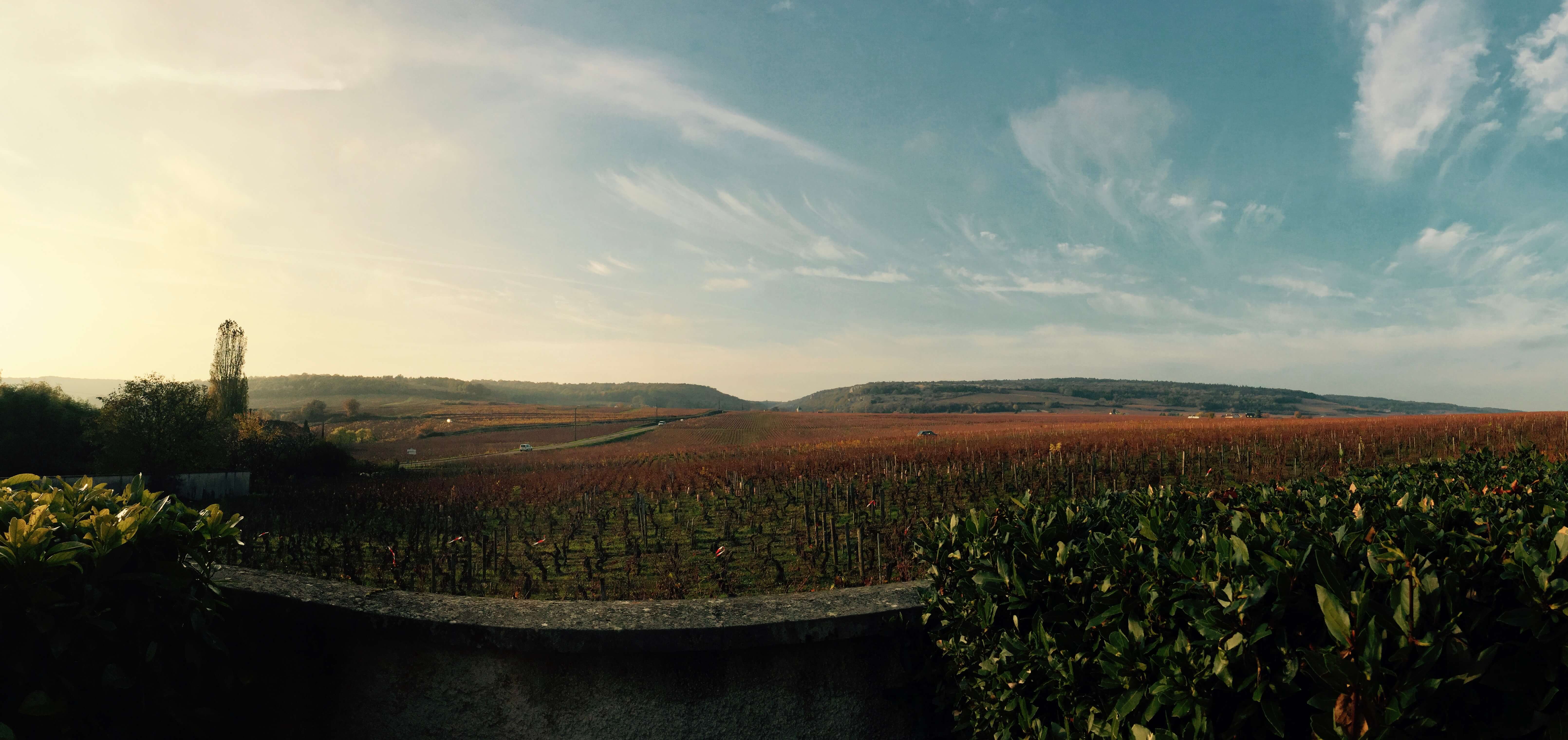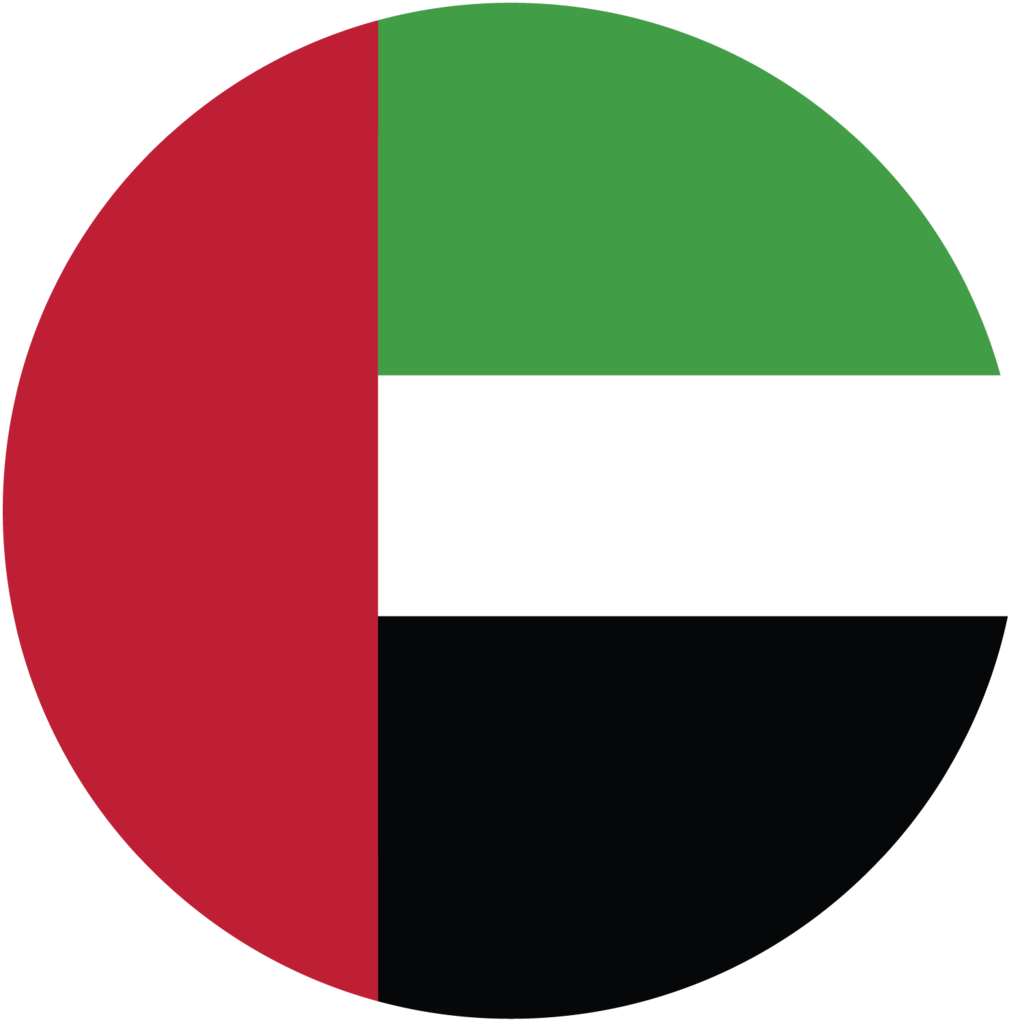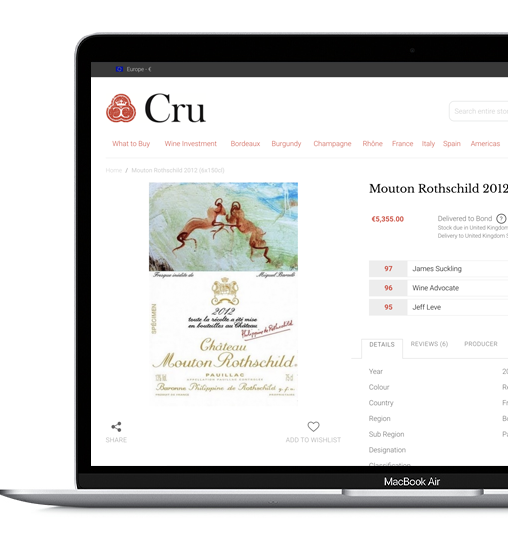

In the second half of our journey through Burgundy, our time was dominated by visits to some of the biggest names in the region, particularly in the Cote de Nuits. Blue chip domaines such as Drouhin-Laroze, J. Grivot, Meo Camuzet and Domaine des Lambrays were impressive as ever. Meanwhile, domaines without a Grand Cru proved exceptionally seductive as well, including Ghislaine Barthod and Henri Gouges.
We did spend a bit of time with some exciting producers in the Cote de Beaune, and among them was an annual favourite of ours; Domaine Tollot-Beaut. The Cote de Beaune is always a tricky one because it lacks the high-flying Grands Crus to compete with the likes of Vosne-Romanee, Gevrey-Chambertin and Morey-Saint-Denis, etc.
It is however an expansive region with a lot of potential to surprise and Tollot-Beaut is a winery that yearly offers a lot of bang for your buck. The wines from Chorey and Savigny are wonderfully fresh and forward with better than usual structure so are strong candidates for medium-term cellaring at a good price. Meanwhile, further south in the Cote Chalonnaise we stopped by a new domaine in Mercurey. We tasted at Jeannin-Naltet and found that the village wines and 1ers Crus of Mercurey are improving rapidly and in 2015 they may be at their strongest yet.
With a question mark initially hanging over the quality of the Chardonnays, we gained confidence through the first few days that the whites were not the Achilles Heel they could have been in such a warm vintage. We popped into one of our favourites, Jean-Marc Boillot and found to our delight that the entire range was nothing short of delicious. Judicious picking and vineyard management retained good levels of acidity and overall the wines benefitted from the warmth and concentration of fruit.
_
"We gained confidence through the first few days that the whites were not the Achilles Heel they could have been..."
_
The theme in the best appellations of the Nuits was the remarkable consistency at every price level. From Bourgognes Rouges up to the Grands Crus, there was not a bad wine to be found. In fact, the lower level appellations (the villages wines and the Bourgognes) were so balanced and structured that they demand serious consideration for time in the cellar.
Of course there is not much that can be said of the Grands Crus except that many of them, especially from the likes of Meo Camuzet and Grivot are thoroughly beautiful and will likely take well over a decade to reach their best. Beyond then, they should continue improving for many, many years. The million dollar question, however is whether or not these wines will close up in the years ahead. 2005, a similarly stunning vintage for reds shut down not long after release and in many cases the wines are yet to open up again. 2014 on the other hand, has remained lusciously open and forward since bottling and is expected to remain as such.
_
"From Bourgognes Rouges up to the Grands Crus, there was not a bad wine to be found."
_
While not all growers were ready to make a prediction, our assessment is that with the freshness and balance of structure and the concentration of fruit we think that by and large, this is a more open vintage than 2005 and there will hopefully be less risk of a lengthy shut down. A closer comparison would be 2010, but in truth 2015 is its own creature entirely and one uniquely worthy of your attention.
Be sure to stay tuned and follow us on Twitter and Instagram using the hashtag #CruBurg2015 for updates on the 2015 vintage. Its going to be very exciting!



















